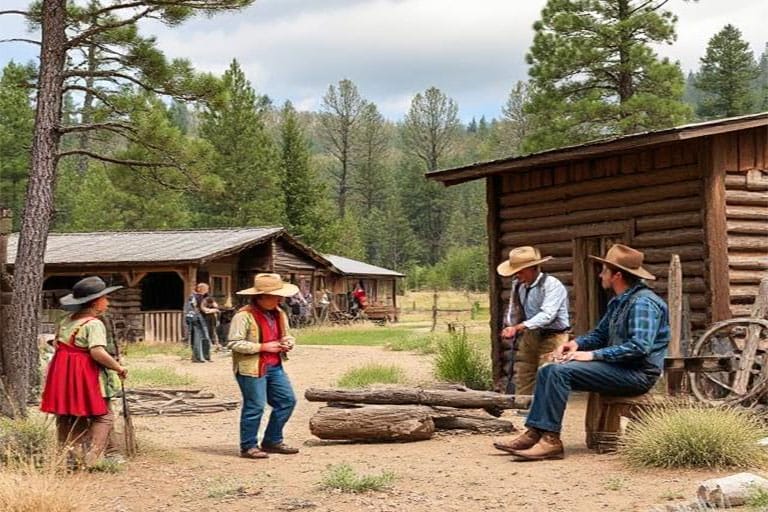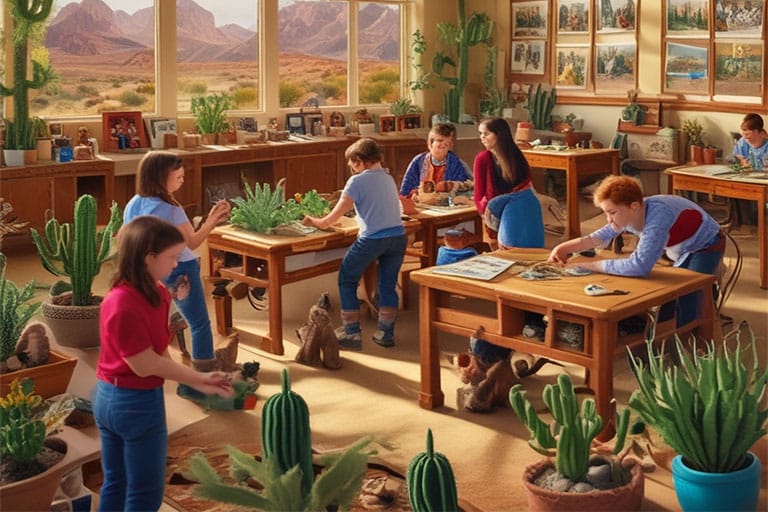Environmental Projects for Teens and Classrooms
 Seeking a helpful project for teens on environmental issues? Many of us learned about reducing, reusing, and recycling in school. These ideas can be easily applied to a classroom project and shared with young people in the future. Several activities can help students learn how to use these ideas daily.
Seeking a helpful project for teens on environmental issues? Many of us learned about reducing, reusing, and recycling in school. These ideas can be easily applied to a classroom project and shared with young people in the future. Several activities can help students learn how to use these ideas daily.
You can find new uses for reuse and recycling by incorporating them into various student subjects. Many of these projects can be adapted for use with any grade level.
Environmental Classroom Projects: Observe how organic and inorganic materials decompose.
Subjects: Science, language arts
Teaching students to reduce, reuse, and recycle is a valuable life lesson. A hands-on activity can help them understand how materials break down, including insights about the local landfill.
Start by picking several organic and inorganic materials to examine. Ask your students to guess how long each will take to break down. They should keep a journal of what they see. Younger students can draw the materials, and older students can write notes about what they observe.
This lesson demonstrates that organic materials break down more rapidly than inorganic materials. Inorganic materials can remain in landfills for a long time; however, there are now methods to recycle many of them.
 Environmental Classroom Projects: Start a compost project.
Environmental Classroom Projects: Start a compost project.
Subjects: Science
Composting is a great way to reuse organic materials that would otherwise end up in landfills.
This project can be done in your classroom or outside on school grounds. Use this project to show how natural materials break down. You can also use a journal for this project. They can write down what they see as your compost project develops over time.
Environmental Classroom Projects: Create Your Paper.
Subject: Art Environmental Classroom Projects
One of the best ways to learn about recycling is to try recycling materials yourself! First, you need to prepare several materials to make paper from scraps. The steps to make paper are online.
Environmental Classroom Projects: Calculate Your Impact on the Environment
Subject: Math Environmental Science Classroom Projects
Everyone wants to feel like they are part of something bigger than themselves. This is a great way to help make a big environmental impact, which can lead to a significant impact on our planet. When we use less, we can observe the impact on the environment. Here is a list of ideas to think about:
- Calculate the amount of trash each student generates daily, weekly, monthly, and yearly.
- Please find out how much trash their family, school, city, town, and state make yearly.
- How can they lower their CO2 emissions? Calculate how much CO2 your family could save by using public transport to school and work, which can contribute to better air quality. Consider using energy-saving lightbulbs at home. You could also try a vegetarian or vegan diet.
- If each student cuts their CO2 emissions by 1/3, how much CO2 would they avoid? How much CO2 would they create?
Environmental Projects: Home Energy Audit
Subjects: Math, science, with an engineering component
Have students write down all the appliances and light bulbs in their homes. If all the lights stay on for four hours daily, how much energy does their house use? How much energy could they save by changing to better appliances?
You can help younger students understand the amount of energy home appliances consume, making the project easier for them. For older students, you can teach them to use a watt meter. Then, they can measure the amount of energy they use.
 Environmental Classroom Projects: Local business energy audit
Environmental Classroom Projects: Local business energy audit
Subjects:A Math, science with an engineering component
You can take your energy audit project to a nearby business. Could you find out how much trash they produce? Check how many appliances they use each day. Are there ways for them to reduce waste or CO2 emissions? With the savings, what amount of CO2 emissions could be lowered? For a more straightforward project, estimate the amount of junk they have. Older students can call or visit these local businesses for energy audits.
Write proposals to companies and lawmakers.
Subjects: Language arts, civics
We typically discuss ways to reduce, reuse, recycle, and promote sustainability. You can ask your students to practice this at home with their families. However, industrial activities and wildfires are among the most significant causes of climate change, contributing to global warming. Collaborate with local businesses or lawmakers to achieve a more substantial impact on CO2 emissions. For example, a second grader might get a regional fast-food chain to use more recycled products.
Have your students reach out to local businesses or government officials to find out more information. Have your students write a letter to these people. Ask them to lower their CO2 emissions. They can share ideas such as composting food scraps, recycling more, or advocating for laws to protect local forests. Help students think about who should get the letter. Decide what action you want the business or government official to take. Then, write a letter that highlights why this action matters.
Research project
Subjects: History, social studies, with an optional technology component.
Older students can work on research projects. They can show their results in a paper or a presentation to the class. You can add a tech part by having students use Prezi or PowerPoint for their presentations. Here are some ideas:
- Find an organization that supports the local community by promoting the reduction, reuse, and recycling of resources. What services do they offer? How do they help lessen our effect on the environment?
- How can we fix or reuse items instead of discarding them?
- What important historical events are connected to reducing, reusing, and recycling? Think about laws, practices, or inventions.
- How do different countries worldwide reduce, reuse, or recycle?
Adding reuse and recycling to various student subjects can make them feel fresh. Many projects can be adapted to suit any grade level.
